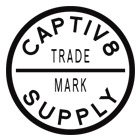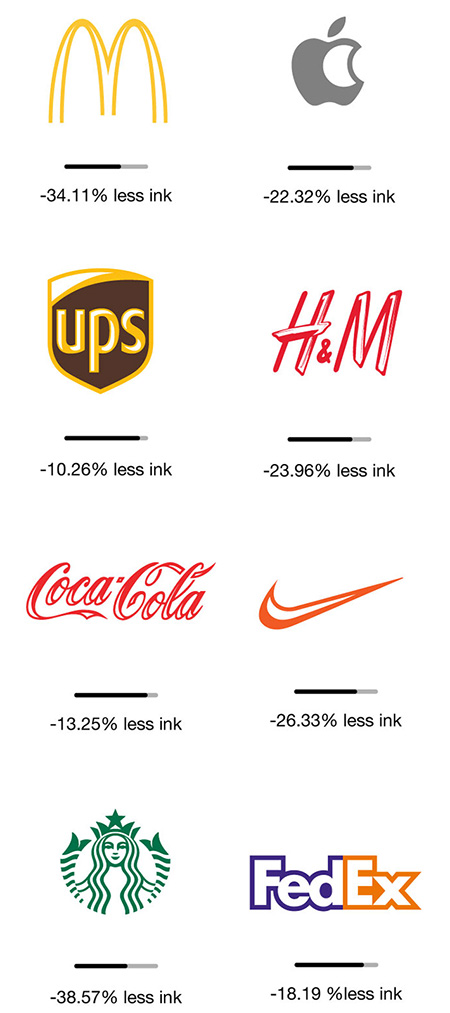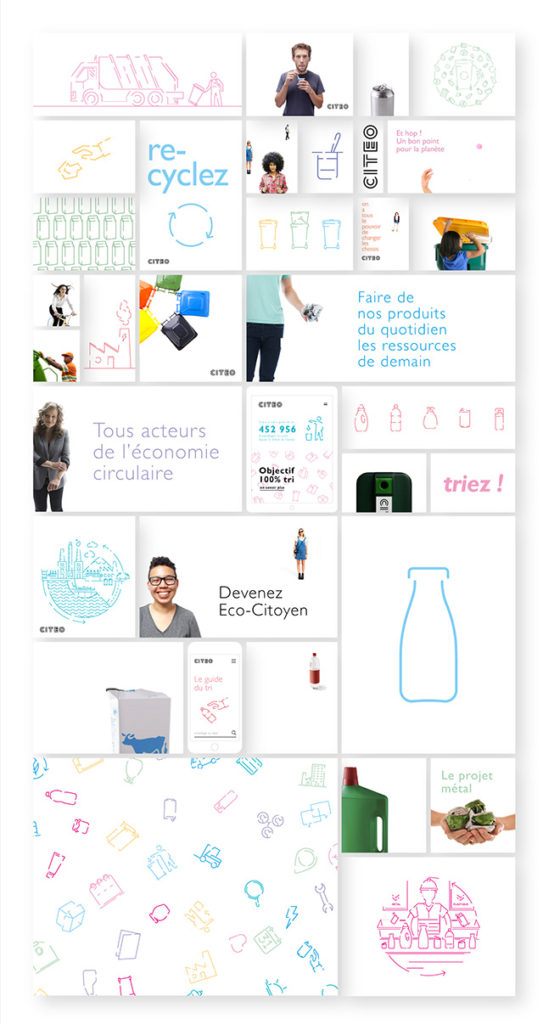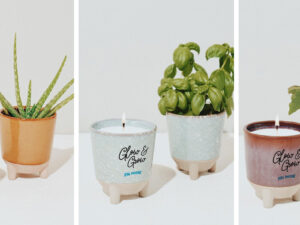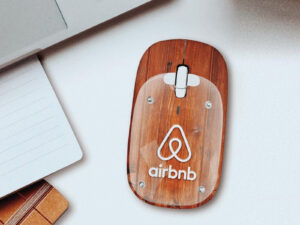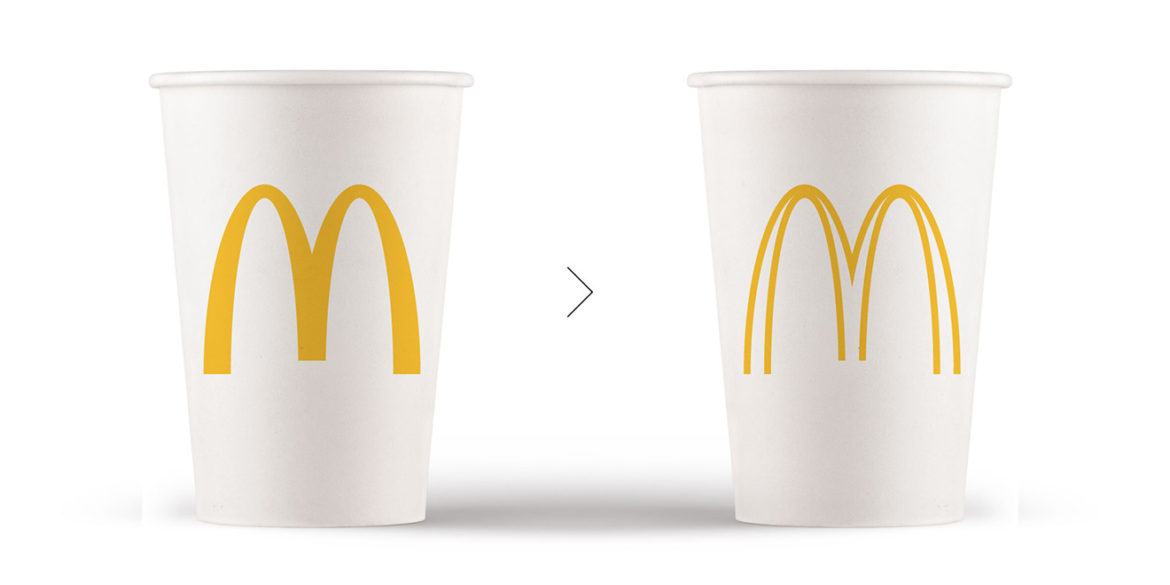
AdWeek: “Corporate logos are reproduced millions and billions of times, which means even the smallest logo tweaks can significantly change the amount of ink used. Now, one French designer has hatched an idea for a service to help redesign brand logos—indeed, the who brand-deployment process—to be more environmentally (and economically) friendly.
Sylvain Boyer, a creative director at Interbrand Paris, tells Adweek that he dreamed up the idea for a project called Ecobranding way back in 2013, when he was designing a multicolored birth announcement card for his first daughter.
“On the computer it looked great, but when I submitted the design to the printer for silkscreen printing the bill was … expensive,” he says. To cut costs, he reduced the number of colors—which also made the card more environmentally friendly, as he was using less ink.
“It may seem stupid, but it’s by being confronted with the reality of the deployment of the design that I became aware that every decision … had a direct impact on our environment,” he says. “When a designer designs a logo for a major brand, this logo will be reproduced millions or billions of times, and all this has an ecological and economical impact.”

Logos that use less ink are only part of Boyer vision. A full Ecobranding campaign could also recommend everything from typefaces that use less ink (Gill Sans in a favorite of Boyer’s in this regard) to smaller business cards that use less paper, etc.
Boyer originally hoped to create “the first brand design agency dedicated to the ecological transformation of the brands.” But just this week, Interbrand made a commitment to take on Boyer’s cause. Together they will provide a brand new offering to the market dedicated to the economical transformation of brands for sustainable growth.
Interbrand has used Boyer’s Ecobranding guidelines on one project already. They proposed the idea to a new client, Citeo, which already had an environmental purpose—it sorts, collects and recycles waste. Interbrand designed the Citeo brand entirely under the Ecobranding scheme (see below).”

